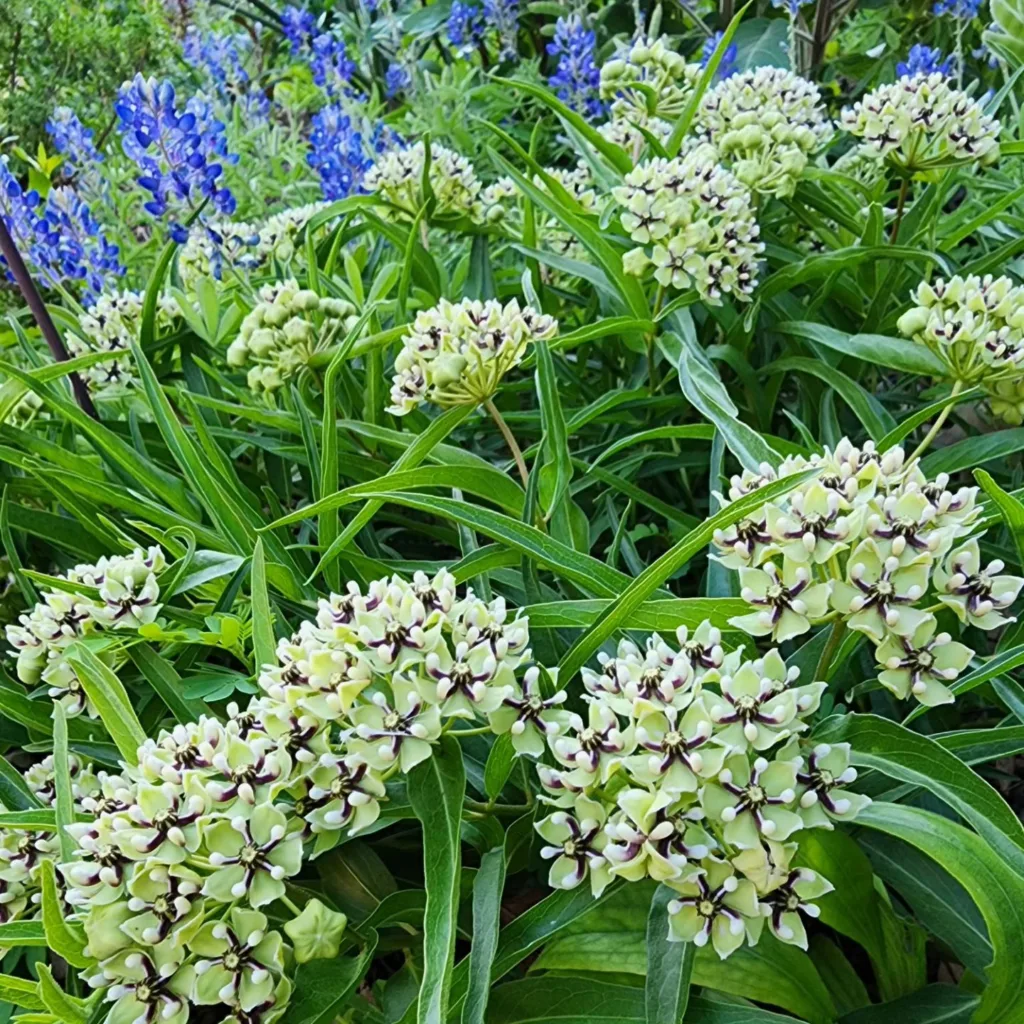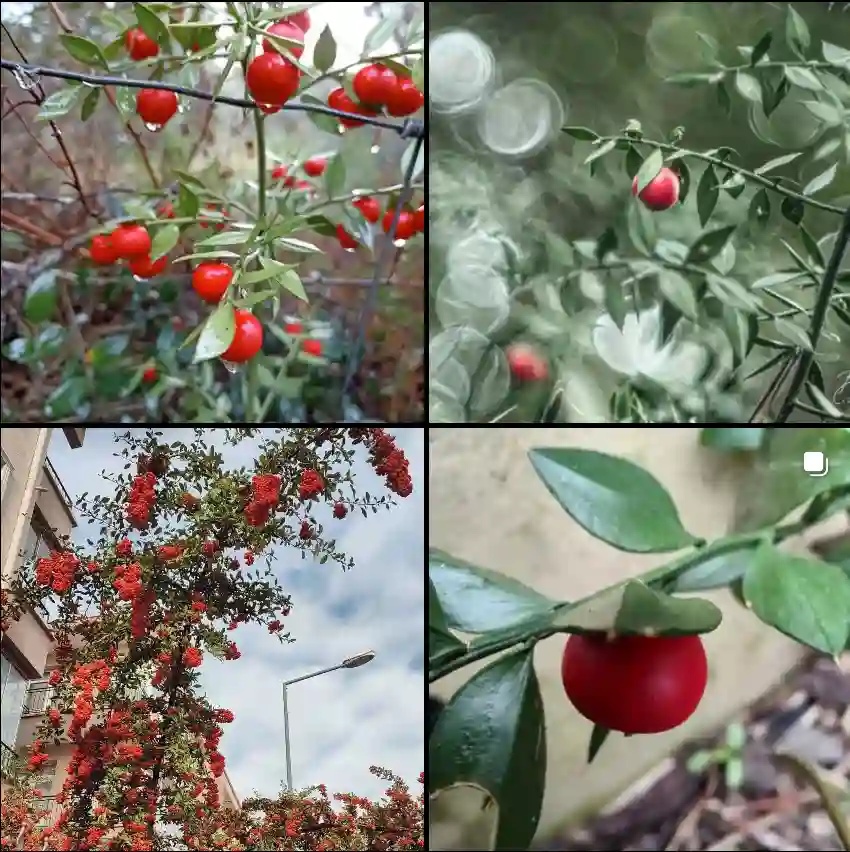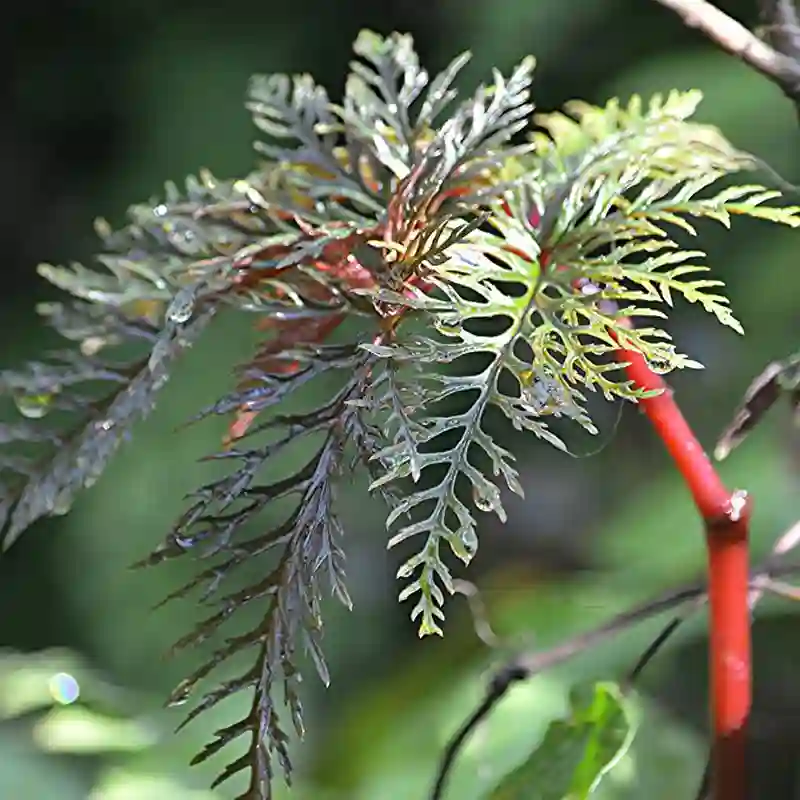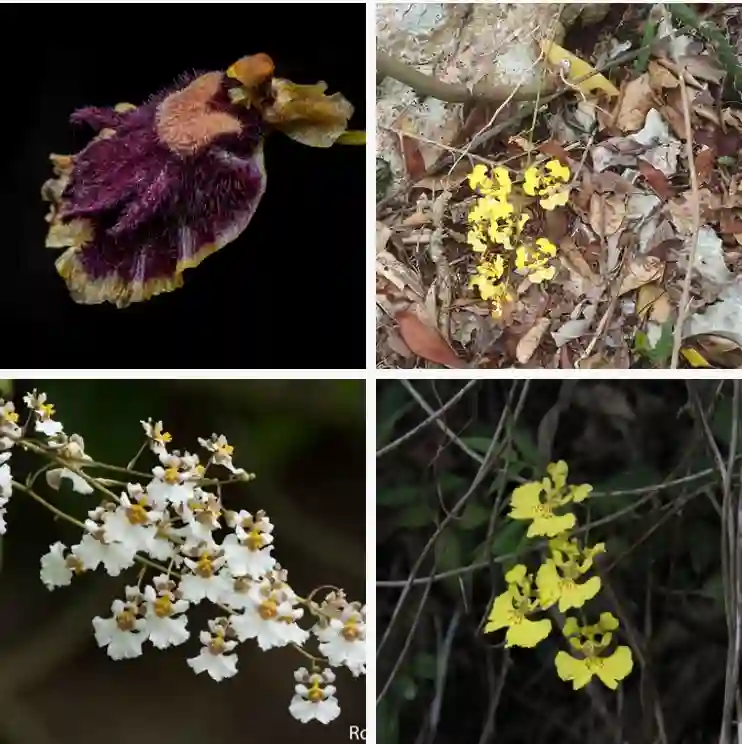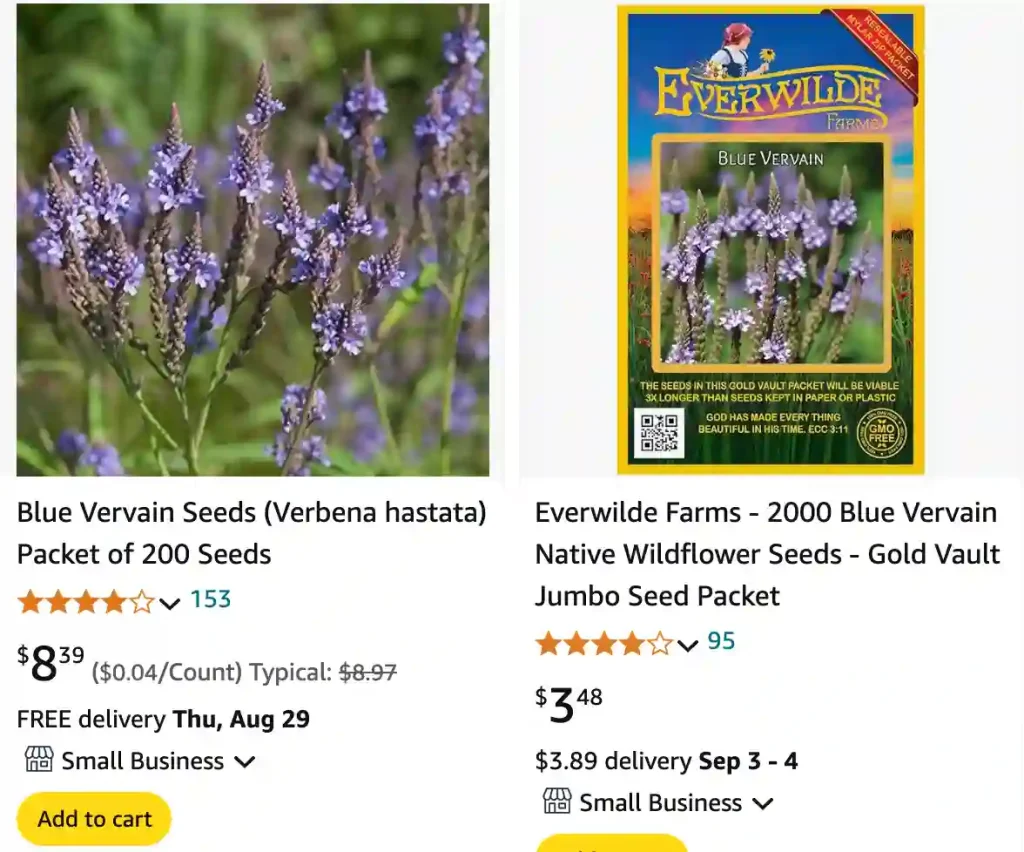
FAQs About Blue Vervain: What You Need to Know
When it comes to herbal remedies and garden plants, Blue Vervain often comes up in conversation. With its deep blue flowers and various uses, it’s no wonder people have many questions about this intriguing plant. Here’s everything I’ve learned about Blue Vervain, from its benefits to how to grow it.
165 Species in Genus Verbena
What Is Blue Vervain?
Blue Vervain, scientifically known as Verbena Hastata, is a perennial herb native to North America. It’s recognized for its tall spikes of blue or violet flowers that attract pollinators like bees and butterflies. Often found in meadows, prairies, and wetland areas, Blue Vervain has a long history of use in traditional medicine.
What Is Blue Vervain Good For?
Blue Vervain is celebrated for its wide range of potential health benefits. Traditionally, it’s used to treat anxiety, digestive issues, and insomnia. It’s also believed to have anti-inflammatory and pain-relieving properties. People use it in various forms, including teas, tinctures, and capsules, to address these ailments.
How to Use Blue Vervain?
The most common way to use Blue Vervain is by making herbal tea. You can also use it in tinctures or extracts. For tea, steep one to two teaspoons of dried Blue Vervain leaves and flowers in hot water for about 10-15 minutes. This infusion can be consumed up to three times a day.
How to Make Blue Vervain Tea?
Making Blue Vervain tea is straightforward. Here’s a simple method:
- Gather Ingredients: Dried Blue Vervain leaves and flowers.
- Boil Water: Heat water to a rolling boil.
- Steep: Place one to two teaspoons of Blue Vervain into a cup. Pour hot water over it.
- Wait: Steep for 10-15 minutes.
- Strain: Remove the herbs and enjoy.
Is Blue Vervain Safe?
Blue Vervain is generally considered safe for most people when used in moderate amounts. However, it can interact with certain medications and might not be suitable for pregnant or breastfeeding women. Always consult a healthcare provider before starting any new herbal regimen.
Can You Smoke Blue Vervain?
Smoking Blue Vervain is not common, but some people do use it in smoking blends for its calming effects. If you choose to smoke it, do so with caution and be aware of potential risks to your lungs.
Does Blue Vervain Increase Testosterone?
There’s no significant evidence to suggest that Blue Vervain affects testosterone levels. Most research focuses on its uses for anxiety and digestive health rather than hormonal effects.
Does Blue Vervain Make You Sleepy?
Yes, Blue Vervain has mild sedative properties and can promote relaxation. Drinking Blue Vervain tea before bed might help with sleep issues, but individual responses can vary.
How to Grow Blue Vervain from Seed?
Growing Blue Vervain from seed is relatively easy:
- Start Seeds Indoors: Sow seeds indoors about 6-8 weeks before the last frost.
- Prepare Soil: Use well-draining soil and keep it moist.
- Light: Place seedlings in a sunny spot or under grow lights.
- Transplant: Move seedlings outdoors after the danger of frost has passed.
How to Harvest Blue Vervain?
Harvest Blue Vervain when the flowers are in full bloom. Cut the flower spikes and leaves and hang them in a dry, well-ventilated area to dry. Once dried, the plant can be used for making tea or tinctures.
Is Blue Vervain a Perennial?
Yes, Blue Vervain is a perennial plant. It returns each year, making it a great addition to gardens where you want a long-lasting herbal option.
Blue Vervain vs Ashwagandha
Blue Vervain and Ashwagandha are quite different. While Blue Vervain is known for its calming effects and digestive benefits, Ashwagandha (Withania somnifera) is an adaptogen used to reduce stress and improve energy levels. Each has unique properties and uses in herbal medicine.
Blue Vervain vs Hoary Vervain
Blue Vervain and Hoary Vervain (Verbena stricta) are both in the Verbena family but differ in appearance and habitat. Blue Vervain has taller, more slender spikes, while Hoary Vervain is bushier with dense clusters of smaller flowers. Hoary Vervain is more common in dry, upland areas compared to Blue Vervain.
Blue Vervain vs Purple Loosestrife
Purple Loosestrife (Lythrum salicaria) and Blue Vervain are often confused due to their similar colors. However, Purple Loosestrife has a more invasive reputation and distinct, dense flower spikes compared to the more delicate Blue Vervain.
Blue Vervain vs Vervain
Blue Vervain (Verbena hastata) and Common Vervain (Verbena officinalis) are different species with overlapping uses. Common Vervain is traditionally used for a variety of ailments, including respiratory and digestive issues, whereas Blue Vervain is more commonly used for its calming effects.
Blue Vervain vs California Poppy
California Poppy (Eschscholzia californica) and Blue Vervain have different effects. While Blue Vervain is used for anxiety and digestive issues, California Poppy is known for its sedative properties and use in treating insomnia and pain.
Blue Vervain vs Damiana
Damiana (Turnera diffusa) is used for its aphrodisiac and mood-enhancing properties, whereas Blue Vervain is more focused on calming and digestive health. Both herbs have unique benefits and applications in herbal medicine.
Blue Vervain vs Stachytarpheta Jamaicensis
Stachytarpheta Jamaicensis, often confused with Blue Vervain, is also known for its medicinal uses but has a different profile. It is often used in tropical medicine, while Blue Vervain is more commonly used in temperate regions.
What to Plant with Blue Vervain?
Blue Vervain pairs well with other native plants like Coneflowers, Black-eyed Susans, and Butterfly Weed. These companions can help create a vibrant and ecologically balanced garden.
Common Problems and Solutions
One common issue with Blue Vervain is its tendency to spread aggressively. To manage this, consider planting it in a contained area or using barriers to control its growth. Additionally, ensure it has well-drained soil to prevent root rot.
In conclusion, Blue Vervain is a versatile plant with a variety of uses and benefits. Whether you’re looking to grow it in your garden or use it for its medicinal properties, understanding its characteristics and proper care can help you make the most of this fascinating herb.
If i die, water my plants!
